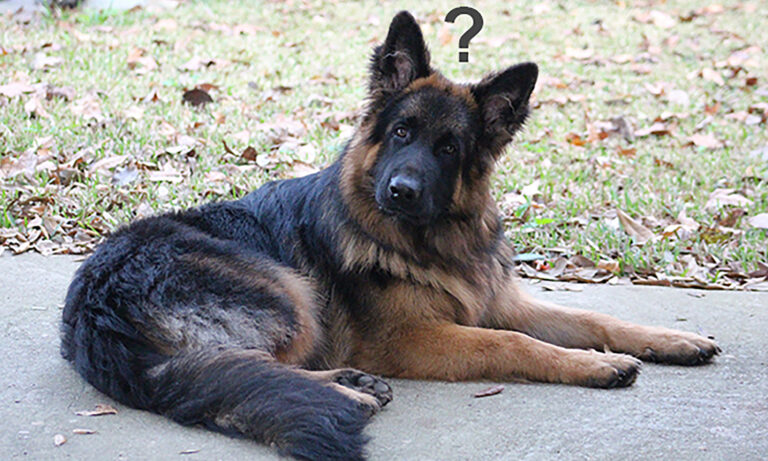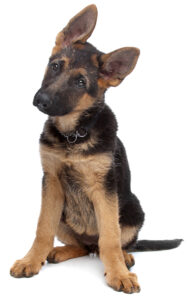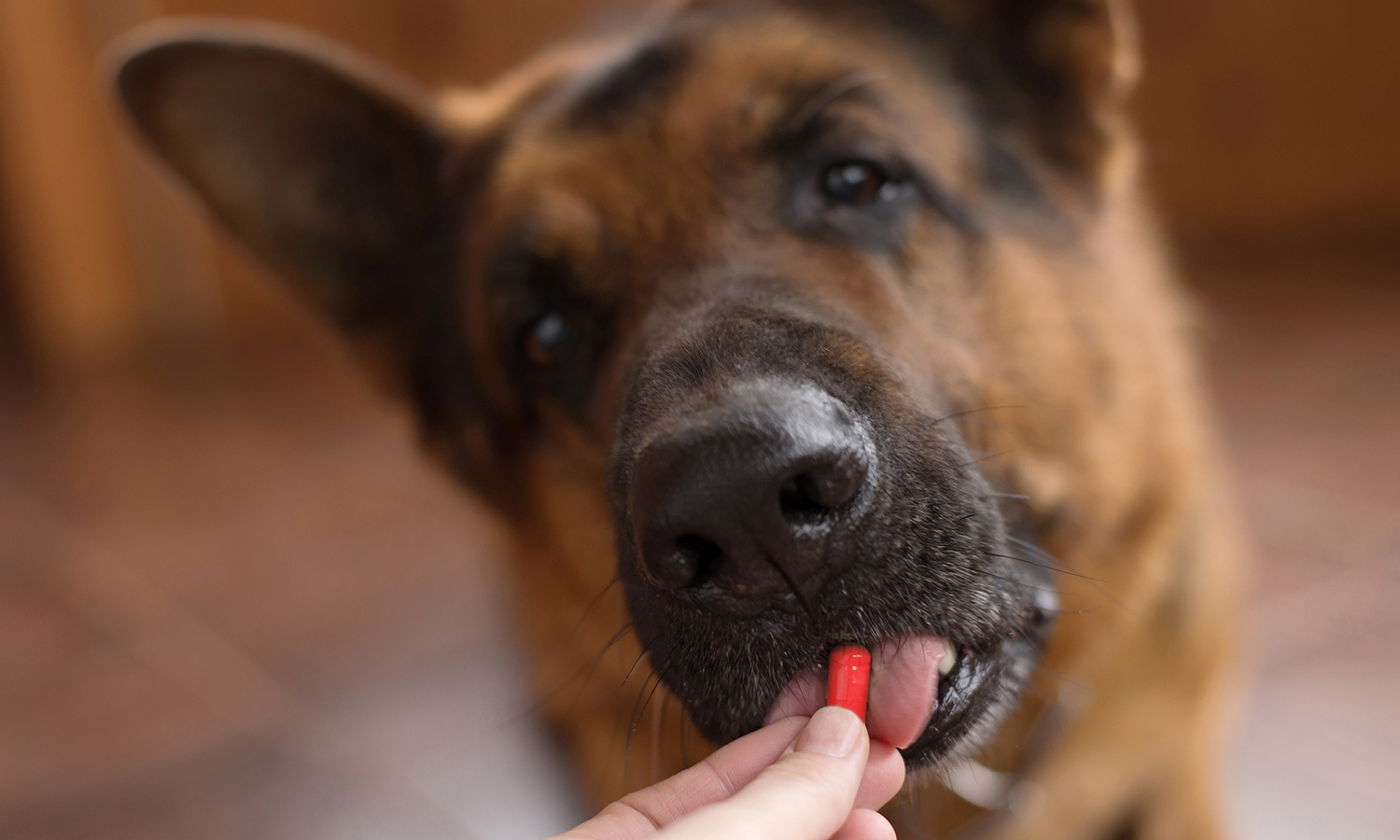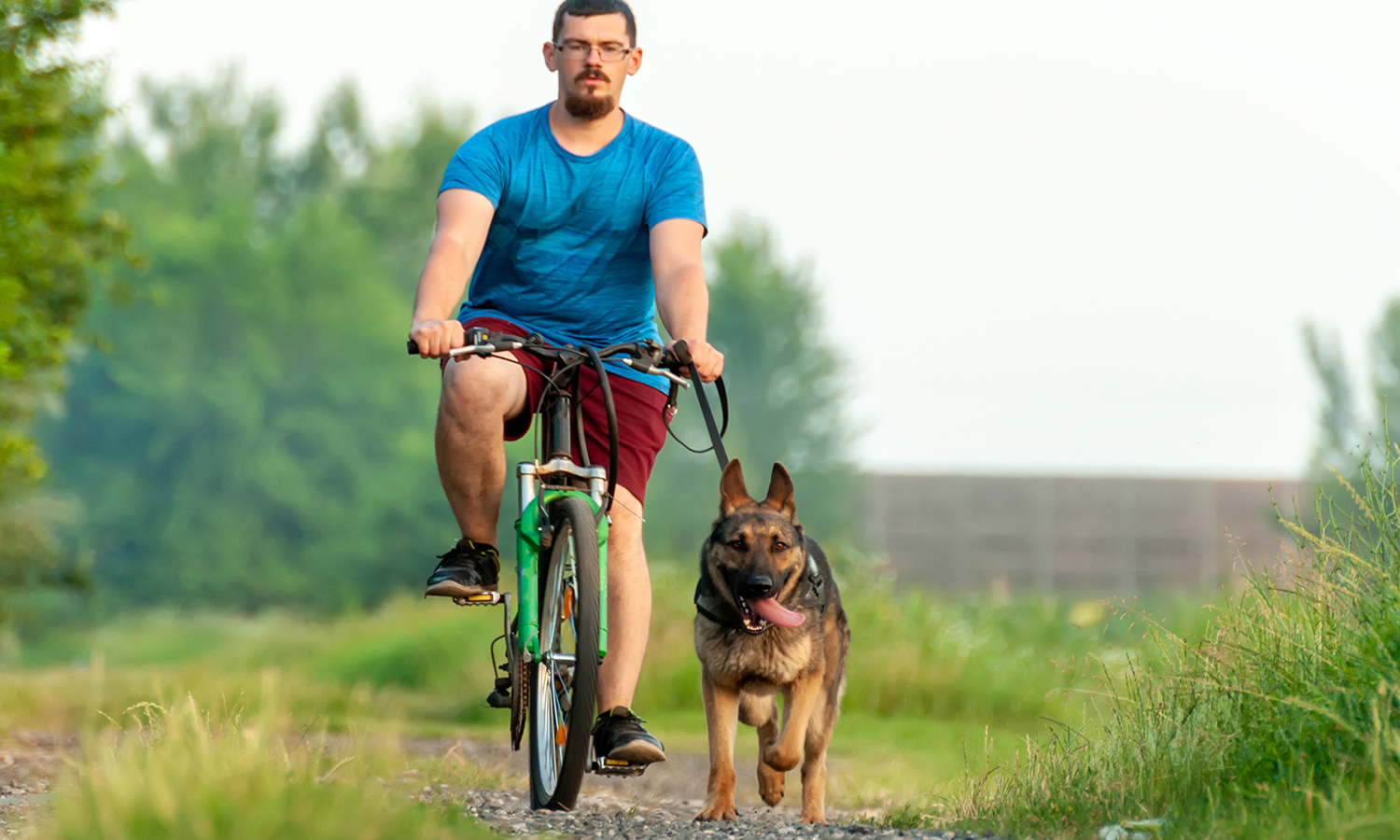
Basic obedience is a given when it comes to raising any dog and all dogs should master, at a minimum, basic commands such as sit, stay, down and come. These simple commands can not only help you keep your sanity, but might also help keep your dog safe during unexpected and emergency situations.
Along with these basic commands, there are several less talked about commands German Shepherds, in particular, should learn.
German Shepherds are not born with the innate ability to understand and respect personal space—and most will consider your space to be their space if not taught differently. As puppies, German Shepherds want to be with you or at least near you, 24/7. Fast forward 8 months and guess what? They’ve grown into 60-100 lb. adult-sized dogs that think sitting on your head and taking up most of the bed or sofa is still a great idea.
So listen up! Check out these ten “other” commands all German Shepherds should know:
- SCOOCH
Human definition: Move a short distance by making short sliding movements while sitting or lying down.
GSD interpretation: No need to get up…just move your butt.
Best practices: Great way to ask your dog to give you more space on the sofa or bed, gain clearance to the refrigerator when they’re laying in front of it or make vacuuming around them easier. - BACK or BACK UP
Human definition: To move in a backward motion.
GSD interpretation: Move all four of my feet (and the rest of my body) backward and away from my human.
Best practices: Use to direct your GSD from the front seat of the car to the back seat of a car, create clearance for easy opening and closing of doors. - WAIT
Human definition: Postpone, linger, remain or stay.
GSD interpretation: Don’t move until I hear the OK, COME or FREE command.
Best practices: Use any time you want your GSD to sit or stand quietly until released. e.g., opening of doors and gates, putting on collars and leashes, preparing meals. - LEAVE IT
Human definition: Ignore, don’t touch.
GSD interpretation: Keep your eyes, paws, teeth and tongue off of it and look and your human instead.
Best practices: Use on walks to teach your dog to ignore other dogs, other people and other wildlife, don’t touch your food or the food of other animals in the house. - OFF
Human definition: Get down or get away from.
GSD interpretation: Keep your paws to yourself.
Best practices: Use to stop your dog from jumping on you or others, deter counter surfing and hogging of the bed or sofa. - OUT (AUS or OUS)
Human definition: Release or let go of an object.
GSD interpretation: Whatever is in your mouth, drop it.
Best practices: Use to teach your dog to release an object such as a toy so you can continue play, drop something that might be harmful if chewed or swallowed. Another similar command to this is GIVE which also means to let go. - BRING
Human definition: Bring me a specified object.
GSD interpretation: Pick up or carry the object and take it to my human.
Best practices: Playing games or sports such as flat retrieves, bring you toys or shoes or whatever your dog is holding in it’s mouth. - FIND
Human definition: Go look for and bring to me a specified object or person.
GSD interpretation: Oh boy, oh boy, oh boy! I will go get it for you!
Best practices: Great mental stimulus for your dog to try to locate objects or people. Can help you find missing shoes! - LOAD (CRATE)
Human definition: Go quickly and quietly into your crate.
GSD interpretation: Walk or run to my crate and do so whether I want to or not.
Best practices: Use to teach your GSD to get inside their crate without a fuss. Critical for traveling and for emergency situations such as evaluations or unexpected kenneling at the vet or other animal care facility. - YES!
Human definition: Great job! Release your dog to play and move freely.
GSD interpretation: WOO-HOO! I did good and my human is happy!
Best practices: Use to praise and release your dog while training. Spoken quickly and with gestures of enthusiasm for a job well done.





